
Scrivener Publishing
100 Cummings Center, Suite 541J
Beverly, MA 01915-6106
Artificial Intelligence and Soft Computing for Industrial Transformation
Series Editor: Dr S. Balamurugan ()
Scope: Artificial Intelligence and Soft Computing Techniques play an impeccable role in industrial transformation. The topics to be covered in this book series include Artificial Intelligence, Machine Learning, Deep Learning, Neural Networks, Fuzzy Logic, Genetic Algorithms, Particle Swarm Optimization, Evolutionary Algorithms, Nature Inspired Algorithms, Simulated Annealing, Metaheuristics, Cuckoo Search, Firefly Optimization, Bio-inspired Algorithms, Ant Colony Optimization, Heuristic Search Techniques, Reinforcement Learning, Inductive Learning, Statistical Learning, Supervised and Unsupervised Learning, Association Learning and Clustering, Reasoning, Support Vector Machine, Differential Evolution Algorithms, Expert Systems, Neuro Fuzzy Hybrid Systems, Genetic Neuro Hybrid Systems, Genetic Fuzzy Hybrid Systems and other Hybridized Soft Computing Techniques and their applications for Industrial Transformation. The book series is aimed to provide comprehensive handbooks and reference books for the benefit of scientists, research scholars, students and industry professional working towards next generation industrial transformation.
Publishers at Scrivener
Martin Scrivener ()
Phillip Carmical ()
Fuzzy Intelligent Systems
Methodologies, Techniques, and Applications
Edited by
E. Chandrasekaran,
R. Anandan,
G. Suseendran,
S. Balamurugan
and
Hanaa Hachimi

This edition first published 2021 by John Wiley & Sons, Inc., 111 River Street, Hoboken, NJ 07030, USA and Scrivener Publishing LLC, 100 Cummings Center, Suite 541J, Beverly, MA 01915, USA
2021 Scrivener Publishing LLC
For more information about Scrivener publications please visit www.scrivenerpublishing.com.
All rights reserved. No part of this publication may be reproduced, stored in a retrieval system, or transmitted, in any form or by any means, electronic, mechanical, photocopying, recording, or otherwise, except as permitted by law. Advice on how to obtain permission to reuse material from this title is available at http://www.wiley.com/go/permissions.
Wiley Global Headquarters
111 River Street, Hoboken, NJ 07030, USA
For details of our global editorial offices, customer services, and more information about Wiley products visit us at www.wiley.com.
Limit of Liability/Disclaimer of Warranty
While the publisher and authors have used their best efforts in preparing this work, they make no representations or warranties with respect to the accuracy or completeness of the contents of this work and specifically disclaim all warranties, including without limitation any implied warranties of merchantability or fitness for a particular purpose. No warranty may be created or extended by sales representatives, written sales materials, or promotional statements for this work. The fact that an organization, website, or product is referred to in this work as a citation and/or potential source of further information does not mean that the publisher and authors endorse the information or services the organization, website, or product may provide or recommendations it may make. This work is sold with the understanding that the publisher is not engaged in rendering professional services. The advice and strategies contained herein may not be suitable for your situation. You should consult with a specialist where appropriate. Neither the publisher nor authors shall be liable for any loss of profit or any other commercial damages, including but not limited to special, incidental, consequential, or other damages. Further, readers should be aware that websites listed in this work may have changed or disappeared between when this work was written and when it is read.
Library of Congress Cataloging-in-Publication Data
ISBN 978-1-119-76045-0
Cover image: Pixabay.Com
Cover design by Russell Richardson
Preface
It is with immense pleasure that we introduce this book. Our objective in writing it is to foster advancements in the field and help disseminate results concerning recent applications and case studies in the areas of fuzzy logic, intelligent systems, and web-based applications among working professionals and those in education and research covering a broad cross section of technical disciplines.
The format of the book was designed to match the self-contained approach to fuzzy mathematics and fuzzy control systems theory that even students with no prior knowledge can easily understand. It enables both classroom and self-directed learners to create a strong foundation in fuzzy systems by being open and straightforward; following a brief introduction to the subject, the authors dive right into real-world applications of fuzzy logic revealing its practical flavor. The book is mainly intended to familiarize systems and control subjects for both senior undergraduate and first-year graduate students, with the fundamental mathematical theory and design methodology needed to understand and use fuzzy control systems. This self-contained textbook will provide a solid framework for designing and evaluating fuzzy control systems under unpredictable and irregular conditions. Students can gain a thorough understanding of fuzzy control systems theory by mastering its contents.
Engineers, both current and future, need systematic training in the analytic theory and rigorous design of fuzzy control systems to keep up with and advance the rapidly evolving field of applied control technologies. As a consequence, expert systems with fuzzy-logic capabilities make for a more versatile and innovative handling of problems. This book attempts to showcase the combination of fuzzy logic and neural networks known as a neuro-fuzzy system, which should result in a hybrid intelligent system by combining a human-like reasoning style of neural networks.
Listed below is a brief description of the subjects covered in each chapter of the book.
explains the uncertain growth of cervical cancer. Cancer cells keep developing and apparently unpredictable behavior arises in a deterministic system because of great sensitivity to initial conditions. Images of cancer-based cell formation in the tissue are represented in this chapter and a fuzzy matrix method and sausage method are used along with the maximum modulus theorem to explain the complexity of these cancer cell (CC) images.
deals with the use of a fuzzy convolutional neural network in a virtual classroom environment to detect students emotions. Here, different feature extraction techniques are used for the face, eye and head (PCA for face, HAAR cascade for eye and LBP for head) and then emotion detection is carried out. The experimental results of the proposed method achieve an accuracy of 81.5%.
presents a new labeling concept known as fuzzy quotient-3 cordial labeling, in which notations for some trees of diameter 5 are defined. The authors analyzed the existence of fuzzy quotient-3 cordial labeling of some trees of diameter 5 denoted by  , 31 s 39 and the existence of fuzzy quotient-3 cordial labeling was established and the work presented.
, 31 s 39 and the existence of fuzzy quotient-3 cordial labeling was established and the work presented.
introduces hybrid computational intelligence. After a brief review of optimization and meta-heuristic algorithms, the scope of swarm intelligence in overcoming the limitations of traditional methods is examined. Ant colony optimization and swarm optimization are also thoroughly covered. Next, multi-criteria decision problems and various tools for these problems, such as WSM, WPM, AHP, TOPSIS, ELECTRE and VIKOR, are covered along with their behavior and application.
Next page
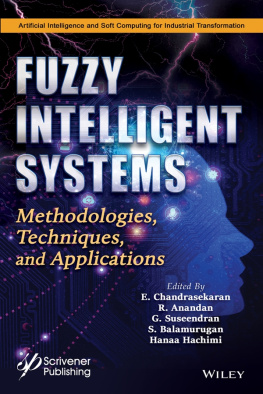
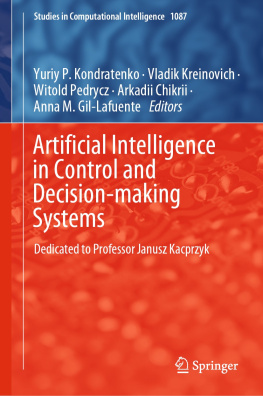
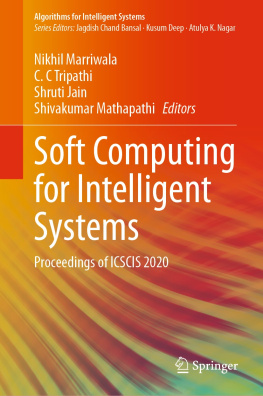
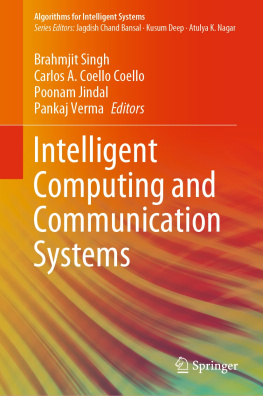
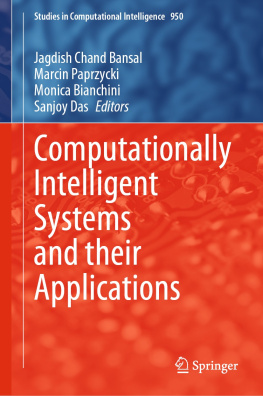
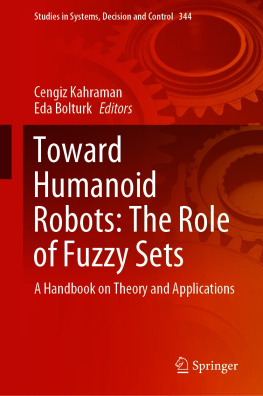
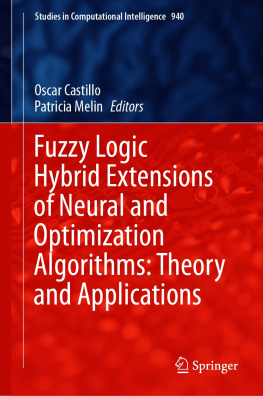
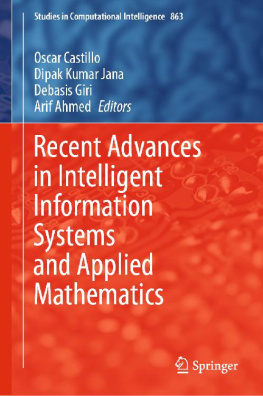
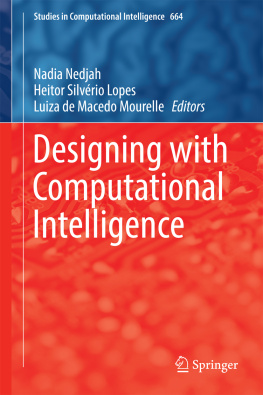
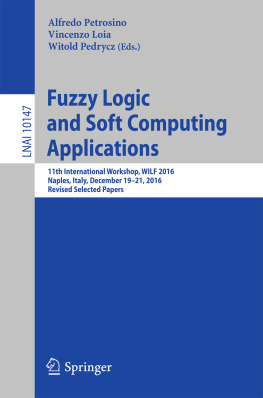
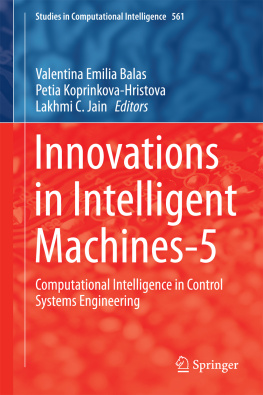

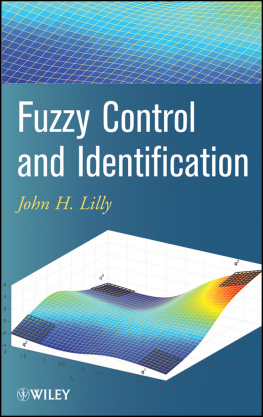


 , 31 s 39 and the existence of fuzzy quotient-3 cordial labeling was established and the work presented.
, 31 s 39 and the existence of fuzzy quotient-3 cordial labeling was established and the work presented.